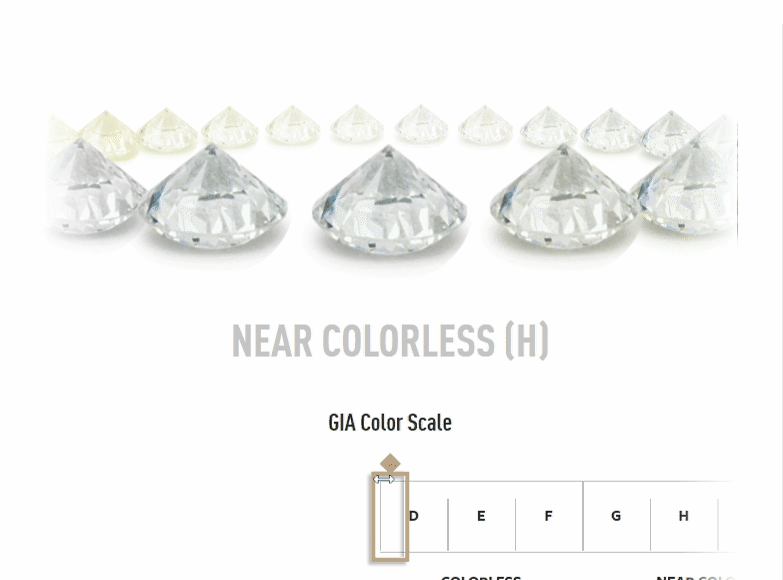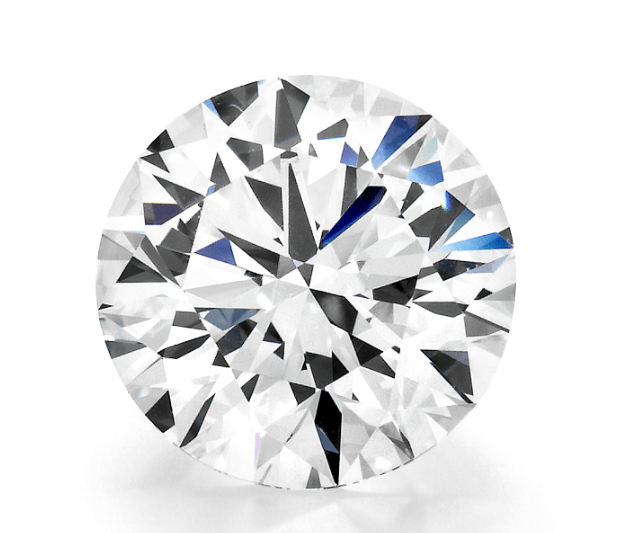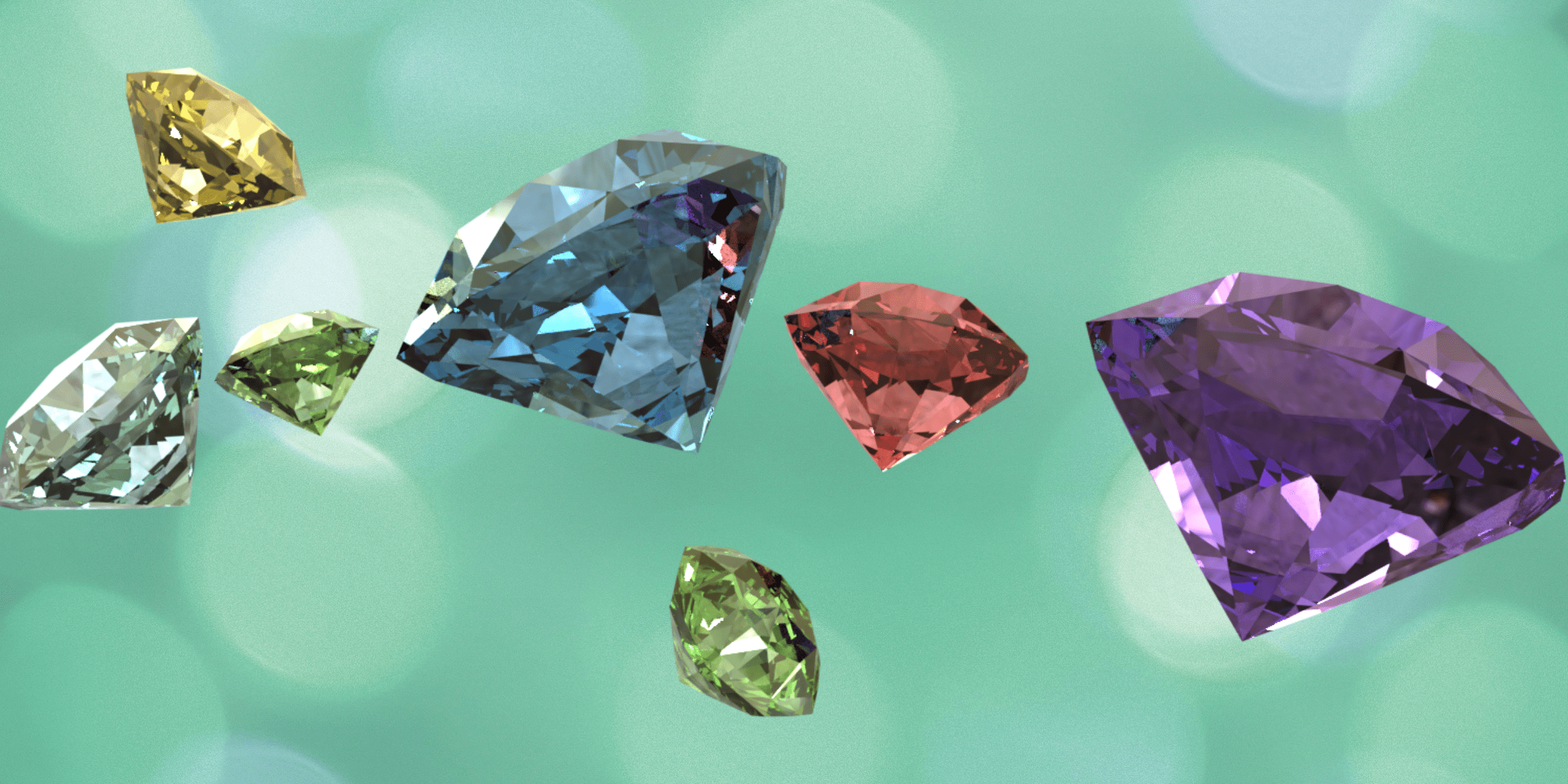Diamonds are the hardest natural stone on earth, formed naturally from extreme temperature and pressure beneath the earth’s crust. Rough diamonds are brought to the surface via volcanic activity. They are nearly as old as the earth and are increasing in rarity as they take billions of years to form! A young diamond is over 1 billion years old…and some are over 3 billion years old!
They were always the symbols of prestige, power, dominance and strength, worn by leaders, celebrities and power figures.
Today diamonds pretty much hold the same meaning though are much more established and fashionable, especially when it comes to the engagement ring.
If you are shopping for a diamond, you learn how diamond quality is evaluated and what are the 4 C’s everyone in the jewellery world is talking about – Which is exactly what we’re going to cover in this article!
What is 4 C of Diamond?
4 C of diamonds is a globally accepted standard created by the Gemological Institute of America (GIA) and it’s used for determining the quality of any diamond in the world.
4 C’s represent colour, clarity, cut and carat. All 4 combined can tell the quality of a certain diamond and therefore its price.
To understand better what colour, clarity, cut and carat are, we’re going to get more into details.
Colour
When it comes to diamonds — the less colour, the higher the grade. GIA grades the colour of diamonds from D to Z, where D represents colourless, and Z represents light yellow or brown.
At the GIA lab, a colour grade is determined by comparing each diamond to a master set of diamonds that represent the colour grades on the GIA scale.

Colour of a diamond depends on many factors, especially during the natural creation process. Pure diamonds are 100% colourless which makes them the rarest and therefore most expensive. It’s very important to ask for a GIA diamond report because, without it, you won’t be able to actually tell how a diamond actually ranks on the colour scale because diamonds ranked from D to J are almost impossible to distinct with the naked eye.
What mostly makes diamonds yellow (besides other chemical impurities) is nitrogen — if nitrogen is present during the natural creation process, its amounts will determine how yellow the diamond will be.
Even though we’re focusing here on the colour of a diamond as a metric for its value and quality, it’s important to mention that there are other colours of diamonds besides yellow which can make diamonds even more valuable and expensive.
Naturally coloured pink and blue diamonds are very rare and usually more expensive, whilst red diamonds are the rarest type of diamonds and significantly more expensive.
There are also green and black diamonds. Green diamonds are specific because during the natural creation process they were exposed to radiation, whilst black diamonds occur when a small amount of iron and graphite are present during the creation process. Black diamonds are extremely fragile which makes them difficult to process and polish, which is the reason why they are often left out for industrial use.
Clarity
The second C is Clarity.
The GIA clarity scale includes 11 clarity grades, ranging from flawless (FL) to I3.
Flawless indicates that there are no inclusions or blemishes visible at 10 times magnification.
A grade of i3 is for diamonds with inclusions that are obvious to the naked eye.
A 10 times magnification loop and a microscope are used to see and plot the inclusions.
Since no two diamonds are exactly alike this unique plot helps identify a particular stone. graders also look to see if there is any evidence that the diamond was treated to improve its clarity.
Cut
The third C is Cut.
The GIA cut scale is used for round brilliant cut diamonds and consists of five grades ranging from excellent to poor.
You may think of cut as the shape of a diamond-like square-cut or round. However, there is much more to cut than the basic shape. How a diamond is cut and polished directly affects the amount of sparkle and brilliance that comes off the stone.
Shape and cut are often considered the same but in reality, they are completely different. In a difference to cut, the shape is pretty much self-explanatory – the shape of the diamond, that can be pear, oval, marquise, heart, etc. However, cut is a set of facets used to determine the shape along with sparkle, fire, and brilliance.
Each diamond is placed in a highly precise measuring device that rotates the stone 360 degrees to optically capture hundreds of measurements and facet angles. Scientists developed a comprehensive system that factors the diamond’s proportions as well as its culet size, girdle thickness, polish and symmetry descriptions, and generates a cut grade.
Carat
The fourth C is the Carat weight.
One carat equals 200 milligrams or one-fifth of a gram in weight.
Consider carat as 0-100 points scale. If you have a 50 point diamond, then it weighs 0.50 carats. Bear in mind that two diamonds of identical weight may have different values depending on cut, colour and clarity.
Most of the diamonds used in jewellery weigh one carat or less.
How to Evaluate Diamond Quality
It would be impossible for one to evaluate the diamond quality on its own.
Therefore it’s ultimately best to visit the jewellery that works with diamonds and possess the equipment to evaluate the quality of the diamond.
If you do so, make sure to ask your jeweller for a GIA report — the most technologically advanced diamond evaluation possible. It provides a unique blueprint of a diamond’s attributes and a permanent record of its quality.
On your GIA report, you will be able to see exactly what are your diamond 4 C’s.
What is the most important C in diamonds?
The most important C in diamonds is cut.
The cut is what gives the diamond the shine — it defines the angles inside the diamond and therefore it depends on how the light will reflect inside of the diamond.
Basically, cut plays the biggest role in defining the quality of the diamond, as diamonds with a poor cut will hide much of their shine, not showing their full potential.
What C makes a diamond sparkle?
The cut is what makes a diamond sparkle.
Better the cut, better the light handling in a diamond and therefore the sparkle.
As we’ve said before, diamonds with a poor cut, will not have a beautiful sparkle.
What is the fifth C in diamonds?
The fifth C stands for cost of a diamond but the cost is not the standardized measure of diamond quality.
Cost is a result of combined 4 C’s, so it doesn’t play any role in diamond quality evaluation.
Which diamond clarity is considered the best?
FL which stands for flawless is ultimately the best diamond clarity.
Flawless clarity means that diamond has no inclusions or blemishes that are visible on 10× magnification.
Which is the most expensive cut of diamond?
The round brilliant is the most expensive cut of a diamond.

What’s so special about the round brilliant cut is that it possesses 58 facets (including the culet) and the way it reflects white light is nothing but exceptional — that type of white light reflection is actually called brilliance.
It’s an ultimate classic, timeless piece of jewellery that can often be found on necklaces and engagement rings thanks to its beautiful shine.
Conclusion
4 C’s of diamond are colour, clarity, cut and carat. Together they represent the industry standard set by the Gemological Institute of America in determining the quality of any diamond in the world. Also, together they form the value and price of the diamond but also when combined they make every diamond in the world super unique.
If you’re on the market for a new diamond – we may be biased but we’re confident you’ll enjoy the seamless online shopping experience we offer at David Christopher Jewellers.
